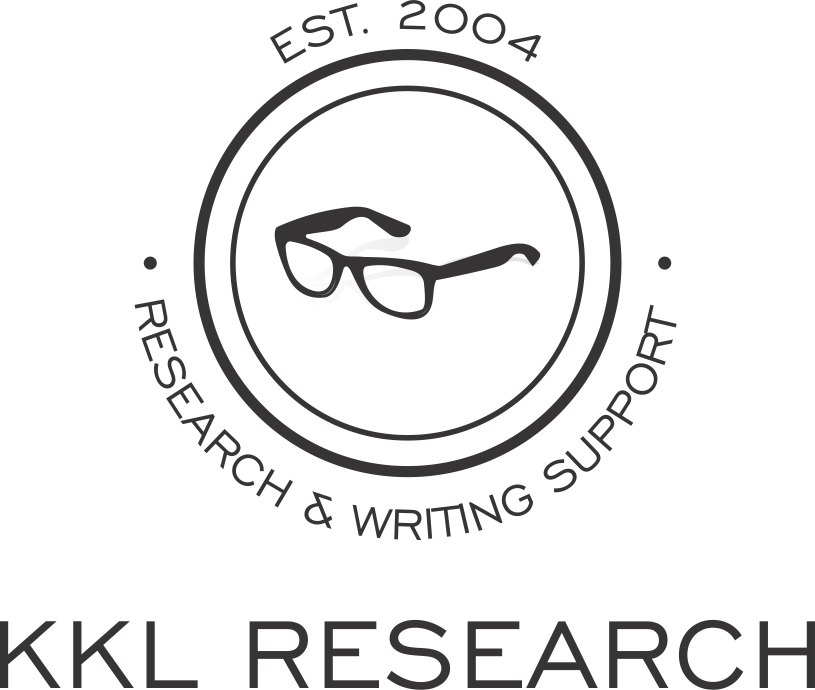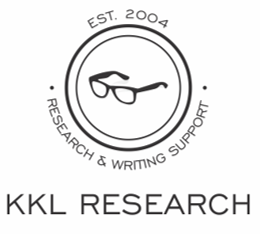The Secrets to Finding Critical Data
Data is the lifeblood of successful proposals, marketing collateral, and presentations. Yet, many of my clients struggle to identify the specific data sets needed for their projects.
Today, I’m walking through my data strategies, drawing on a recent case study where I assisted a non-profit in securing funding for their homelessness initiatives.
The non-profit's mission centered around homelessness, a topic often plagued by data inconsistency across local areas. Existing statistics can be outdated and lack uniformity, which can be a significant challenge for creating a compelling funding proposal.
To overcome this issue, I used a strategy of both secondary and primary research methods.
Secondary Research: I conducted a comprehensive search in government databases, NGO reports and academic literature to identify data sets. This included trend analysis to examine patterns in demographics, service utilization, and socio-economic factors contributing to homelessness.
Primary Survey: Recognizing the limitations of secondary data, I then launched a targeted survey of the organization's stakeholders and outreach coordinators. This primary data provided valuable insights specific to the non-profit's local area and service population.
This dual approach offers several advantages:
Cost-Effectiveness: Using secondary research is extremely cost-effective, which is very important for non-profits with limited budgets.
Data Specificity: Primary research fills any secondary data gaps which is critical for building an accurate “current state” of any organization.
Enhanced Credibility: Using a blend of secondary and primary data, the non-profit's funding proposal gained greater credibility with donors and government agencies.
Before starting primary data collection, it is a good idea to explore existing data through secondary research. A thorough search of government reports, market studies and academic publications can often give an incredible data pool.
- Kristen
When you’re ready, contact me to discuss your project.


